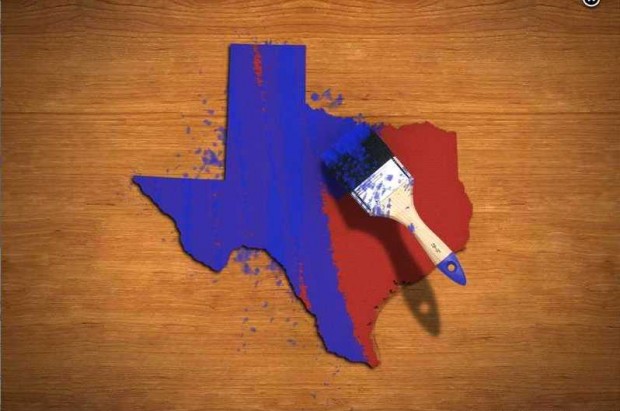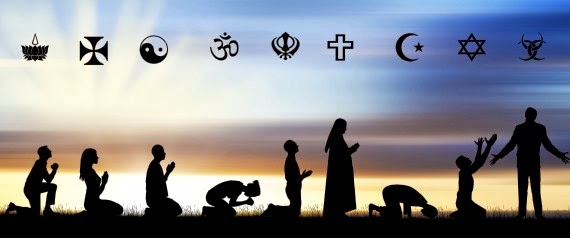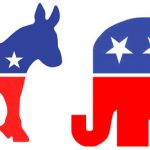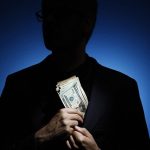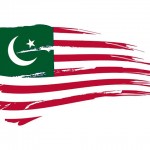Prajwal Kulkarni makes an interesting statement about diversity in an Medium.com essay entitled, “Who Speaks for the Black Pentacostal”:
Whatever their differences, they [Christians] should remember that the Church is ultimately one body that is united by the blood and Spirit of Christ above all else. As a first step, such Christian unity is more than diversity enough. That alone would achieve a level of racial and socioeconomic diversity the secular left can’t even dream of.
At that point, after they have realized it’s possible to fellowship and form bonds with people much different than them, white Christian conservatives will hopefully find it easier to relate to people like my deeply Hindu aunt. Maybe then they will see that she considers home-schooling her daughters for the same sorts of reasons some of them do. Maybe then they can also reach some of my Muslim — yes, I did say Muslim — college friends, many of whom valued abstinence as much as the average member of Campus Crusade for Christ. Maybe then they’ll understand that they’re not the only ones uncomfortable with a hyper-sexualized culture, and that social conservatives can include more than white Christians.
Click here to read the whole essay.
The ideological lines of our political parties used to be blurred. When Texas was blue but still socially conservative. When a Tennessean could be liberal, advocate for farm policies and be a Republican and not accused of being a RINO. Such characters still exist in public life but their numbers are dwindling.
There’s no reason why the current ideological positions of the parties should be so fast and hard. Being religious shouldn’t mean that you automatically have to sell out to free market libertarianism. Being a social liberal shouldn’t mean that you must accede to increasing government regulations on businesses. Rod Dreher describes himself as a Crunchy Con and the subtitle on his first book reads, “How Birkenstocked Burkeans, gun-loving organic gardeners, evangelical free-range farmers, hip homeschooling mamas, right-wing nature… America (or at least the Republican Party).”
 In Pennsylvania, we used to have these sorts of people. Tom Ridge and Arlen Specter were Republicans for whom I voted but were never serious national candidates because the anti-abortion wing of the party would not have countenanced their presence on a ticket. Harris Wofford was at times socially conservative, though not so conservative that Rick Santorum couldn’t pip him at the polls. I don’t remember John Heinz much but I believe he was viewed as a moderate/liberal Republican.
In Pennsylvania, we used to have these sorts of people. Tom Ridge and Arlen Specter were Republicans for whom I voted but were never serious national candidates because the anti-abortion wing of the party would not have countenanced their presence on a ticket. Harris Wofford was at times socially conservative, though not so conservative that Rick Santorum couldn’t pip him at the polls. I don’t remember John Heinz much but I believe he was viewed as a moderate/liberal Republican.
Our political system is weaker for its modern ideological entrenchments. There should be space for a secular liberal to turn away from increasing government regulation or for a religious conservative to support welfare and social-work programs. A liberal shouldn’t have to back gun control. And so many permutations in between. Instead, such rigidity turns Democrats and Republicans, increasingly isolated from each other geographically via gerrymandering, into mortal enemies rather than just opponents. It paints entire swaths of the country with the straight-line epithets of liberal and conservative, progressive and backward-looking, country-folk and city-slickers.
This is useful for political consultants and talk-show pundits but it makes for a politically sick country. It is turning off huge numbers of young people from politics. I’m a registered Democrat who has voted for a couple Republicans in state elections. But not for the Presidency. Find me a good antonym to Crunchy that starts with “L”. Right now, I’m a Luminous Liberal.
(As an aside, I do have friends who are Lone Star Liberals but my point is the varying ideological views of the proletariat aren’t as well-represented politically anymore, not just in Texas. I also like alliteration).
